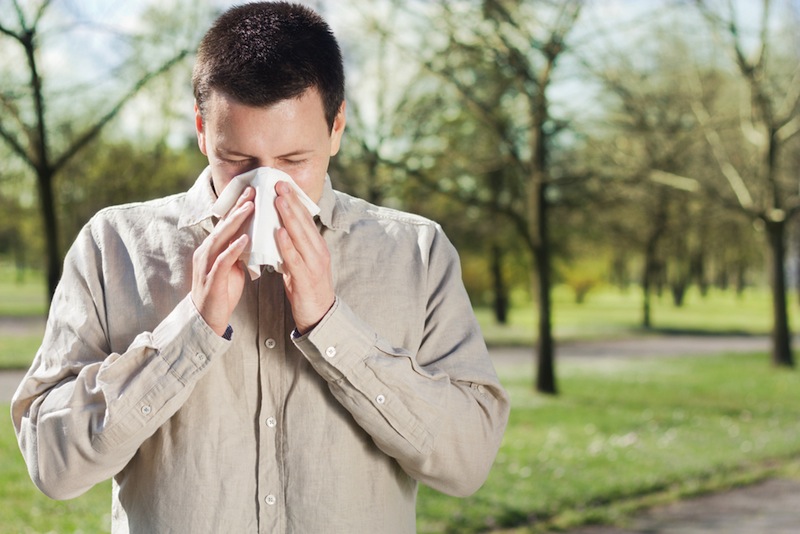Sniffle Detective: 5 Ways to Tell Colds from Allergies

Seasonal allergies and colds share some common symptoms, so it may be hard to tell the two apart.
Both conditions typically involve sneezing, a runny nose and congestion. There are some differences, though. Additionally, colds usually include coughing and a sore throat, but these symptoms can also occur in people with hay fever who have post-nasal drip. Itchy eyes are common for seasonal allergies, but rare for colds.
"Colds and seasonal allergies seem very similar in many ways," said Dr. Rima Rachid, director of allergen immunotherapy at Boston Children's Hospital. "It's the duration [length] and chronicity [frequency] of symptoms that might help tell the difference," she explained.
It's not unusual for parents and even doctors to confuse cold and seasonal allergy symptoms, Rachid told Live Science.
Young children frequently get colds, and their parents may not always think of seasonal allergies as the reason for kids' constantly drippy noses. Seasonal allergies may first show up in a child at around ages 4 to 6, but they can also begin at any age after that, Rachid said.
And genetics play a role: People with one parent who has any type of allergy have a 1 in 3 chance of developing an allergy, Rachid said. When both parents have allergies, their children have a 7 in 10 chance of developing allergies, too.
Here are five signs to look for to determine whether symptoms are due to seasonal allergies or a cold.
Sign up for the Live Science daily newsletter now
Get the world’s most fascinating discoveries delivered straight to your inbox.
Consider the time of year. Colds tend to occur in the winter, and they often take several days to show up after exposure to a virus. With seasonal allergies, the onset of symptoms — the sneezing, stuffy nose and itchy eyes — occur immediately after exposure to pollens in spring, summer or fall. If symptoms tend to show up the same time every year, it may well be seasonal allergies rather than a cold. [9 Weirdest Allergies]
Duration of symptoms matters. The symptoms of a cold typically last three to 14 days, but allergy symptoms last longer, usually for weeks, as long as the person is exposed to pollen, Rachid said.
Color of nasal discharge offers clues. When she sees a patient with green or yellow mucus, Rachid said, she tends to think the person has a cold or infection. Seasonal allergies usually produce clear nasal secretions, she said, although sinus infections may confuse the picture. Sometimes allergy sufferers develop sinus infections, which can result in yellow-colored nasal discharge.
Any temperature or muscle aches? Despite the name "hay fever," seasonal allergies don't usually cause fever or body aches, whereas people with a cold often have these symptoms.
Notice "the allergic salute." Parents may notice children frequently pushing their noses up with the palms of their hands to wipe or relieve itchiness — this could be a telltale sign of seasonal allergies. When trying to determine if a child's symptoms are due to a cold or seasonal allergies, Rachid often asks parents about "the allergic salute." She also observes the skin on the child's nose, since the "salute," when done frequently, tends to cause a small crease at the bridge.
"Anyone with a cold may do the allergic salute, but children with allergies tend to do this a lot," Rachid said. It means something is bothering them, and could indicate their allergies are getting worse, she explained.
Follow Live Science @livescience, Facebook & Google+. Original article on Live Science.
Cari Nierenberg has been writing about health and wellness topics for online news outlets and print publications for more than two decades. Her work has been published by Live Science, The Washington Post, WebMD, Scientific American, among others. She has a Bachelor of Science degree in nutrition from Cornell University and a Master of Science degree in Nutrition and Communication from Boston University.
Flu: Facts about seasonal influenza and bird flu
What is hantavirus? The rare but deadly respiratory illness spread by rodents










